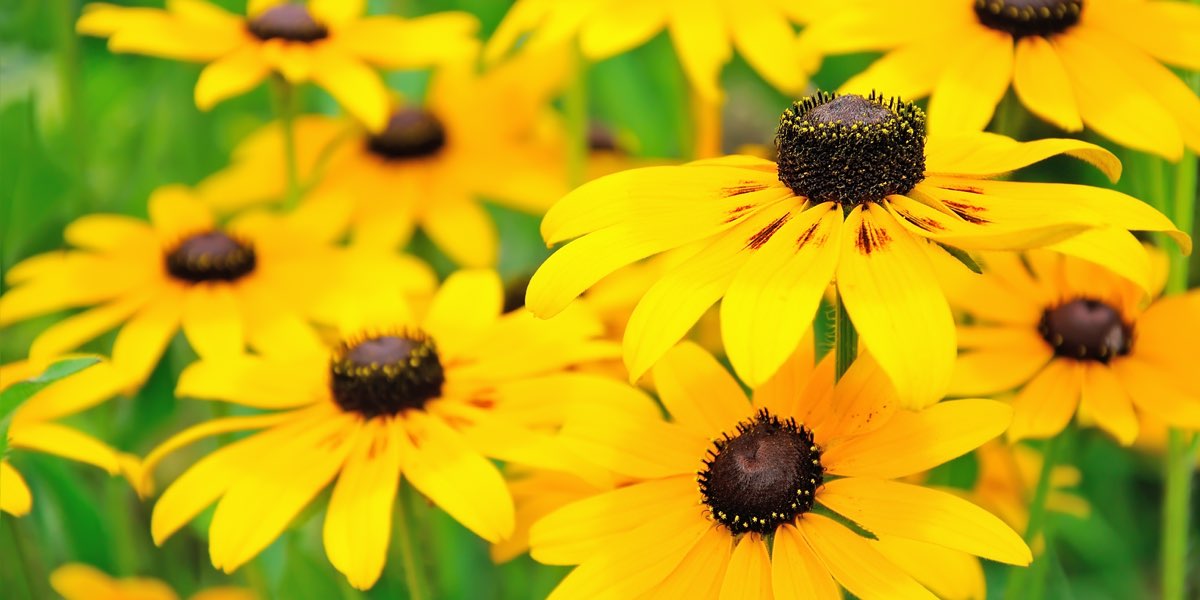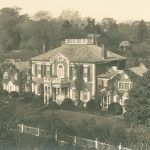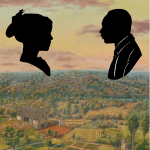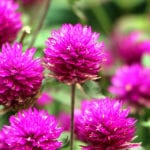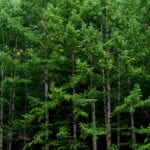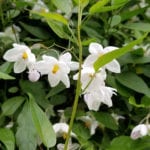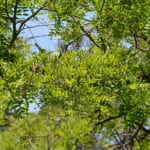Rudbeckia fulgida
Rudbeckia fulgida is a perennial native to North America and is the native base for most of the hybridized Black-eyed Susans. In the 18th century Carl Linneaus, who devised our system of plant nomenclature, named the genus in honor of Swedish botanists Olof Rudbeck, Sr. and Jr. Both the father and son were Linneaus’ botany professors at the University of Uppsala.
Starting in July this late blooming Black-eyed Susan offers lots of cheerful, daisy-like golden flowers with dark brown cone-shaped centers. The flowers provide at least 3 months of nectar for butterflies and bees, and the dried seed heads become feeding stations for goldfinches and juncos. It is a clump-forming, rhizomatous plant that grows to 3 feet tall. It is easily grown in average well-drained soil in full sun and tolerates hot humid summers.
Early North American settlers used the plant as a diuretic and as a stimulant. The Potawatomi Native Americans made a tea from the roots to relieve symptoms of the common cold. Other North American tribes used the plant to treat dropsy, worms, snakebites and earaches.
Black-eyed Susans are the state flower for Maryland and a horseshow arrangement of “Susans” is placed around the neck of the winning horse at the Preakness Stakes.
Written by: Kathy Clare, Garden Volunteer

